Lab
Multi-channel study/practice materials for
advanced Data Science
and Quantitative Finance
-
Theory
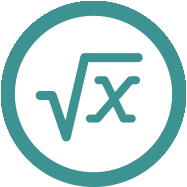
2,068 pages
-
Case studies
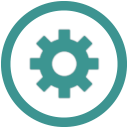
52 cases
-
Code
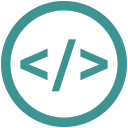
77,599 lines
-
Animations
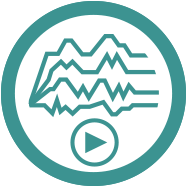
203 clips
-
Slides
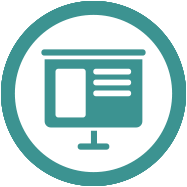
3,755 slides
-
Proofs
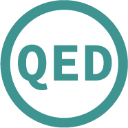
2,033 derivations
-
Exercises
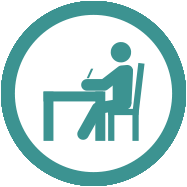
200 exercises
An encyclopedia of Modern Quantitative Finance
Your resource to learn by abstract principles
Applications to practice beyond the Theory
Your tool to learn by real-world examples
Simulations from data using code
Your device to learn by visualization
Summary of all the learnings
Your source to learn by key items
Proofs to support the analytical results
Your guide to learn by induction
Exercises pen & paper and codes
Your test to verify your knowledge
An encyclopedia of Modern Quantitative Finance
Your resource to learn by abstract principles
Applications to practice beyond the Theory
Your tool to learn by real-world examples
Simulations from data using code
Your device to learn by visualization
Summary of all the learnings
Your source to learn by key items
Proofs to support the analytical results
Your guide to learn by induction
Exercises pen & paper and codes
Your test to verify your knowledge
About the ARPM Lab
The ARPM Lab is the most complete, constantly updated repository of study / practice materials for advanced Data Science and Quantitative Finance.
The topics covered across the Lab’s Theory, Case studies, Code, Animations, Slides and Derivations, include:
- multivariate statistics, linear factor models, and estimation of high-dimensional location and dispersion
- machine learning/artificial intelligence models and their applications to quantitative finance
- multivariate econometrics and advanced inference for stress-testing and portfolio construction
- fair valuation and joint return distribution for the main asset classes of financial instruments
- portfolio risk/liquidity adjusted valuation, return distribution and risk statistics; and their decomposition into contributions from key risk factors
- static and dynamic portfolio construction, and optimal execution
The ARPM Lab is used as reference by Universities worldwide, as well as to teach the Quant Bootcamp and Quant Marathon.

